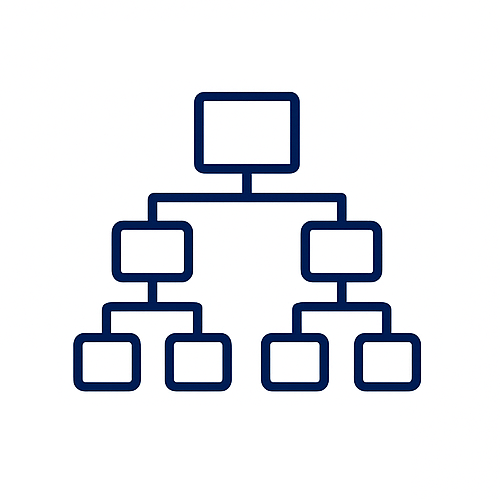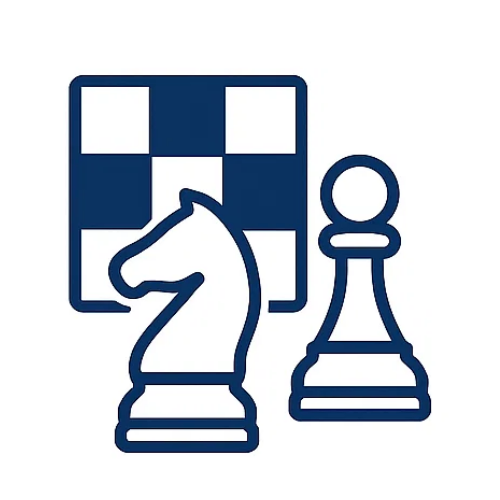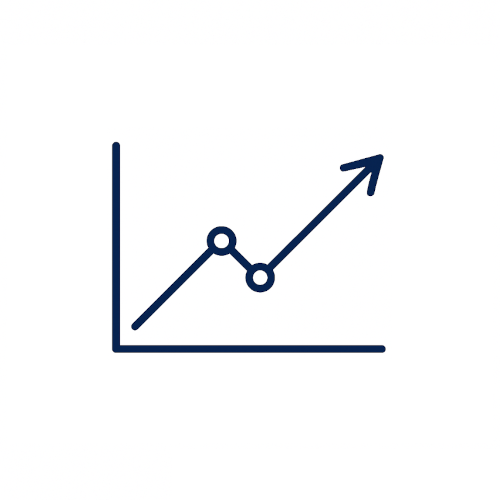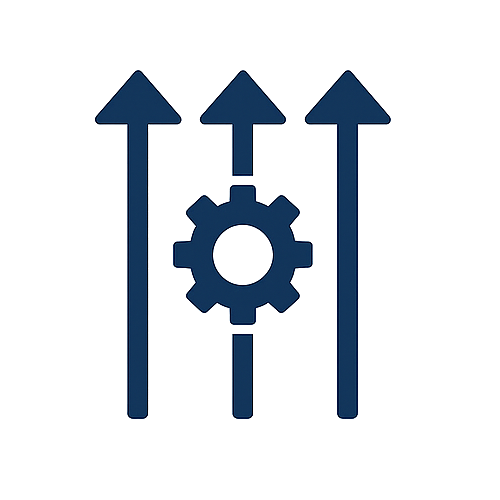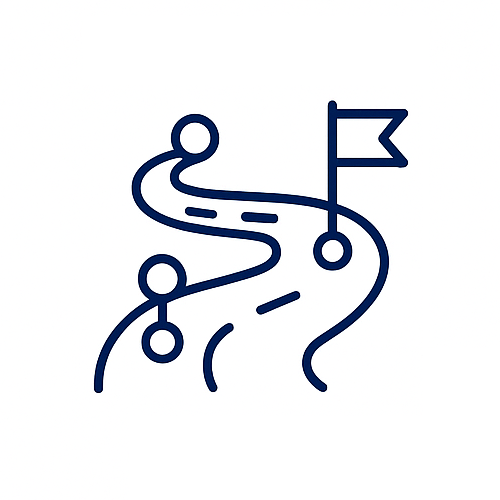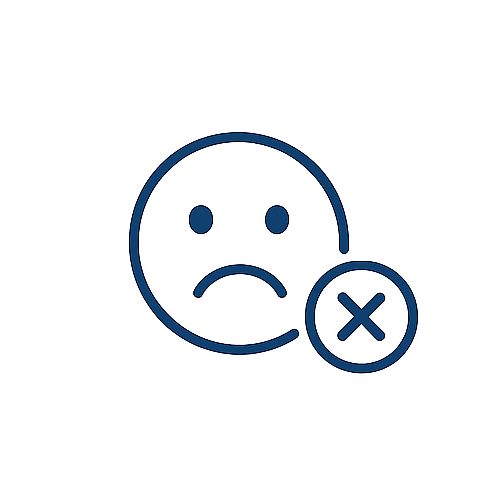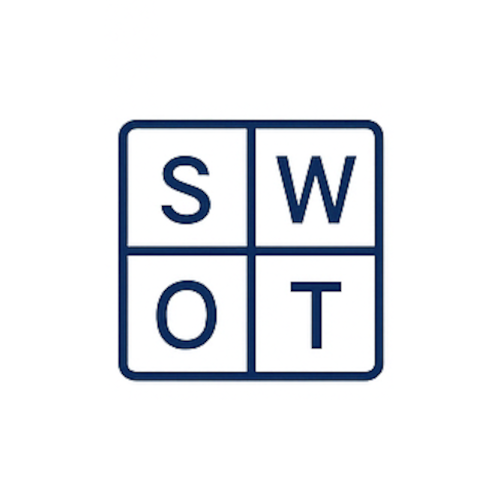Why strategy needs more than tools — it needs rhythm, structure, and a shared system of alignment.
What Is a Strategic Operating System?
In most organizations, strategy lives in documents and slides — built with care, but quickly outdated. Execution, meanwhile, runs on project tools, OKRs, and team meetings. The space between them? Often disconnected.
A Strategic Operating System (SOS) bridges that gap.
It’s not just about planning or tracking. A true SOS creates a structured, repeatable way for organizations to:
- Frame and communicate strategic intent
- Align teams and priorities with that intent
- Reflect on progress, surface insights, and adapt as needed
It turns strategy into a shared rhythm — lived and adjusted across the organization, not locked in a binder or quarterly update.
What Makes Sengi a Strategic Operating System?
Sengi was built from the ground up to support this system-level view of strategy. Here’s how:
1. Clarity Through Strategic Framing
Sengi helps leaders articulate strategy clearly — not as lengthy plans, but as focused, structured frames. These frames define what matters, why it matters, and what good looks like. They’re easy to share, align to, and revisit.
2. Alignment by Design
Instead of leaving alignment to chance, Sengi makes it part of the workflow. Teams can directly connect their work, goals, and initiatives to the strategic frame — ensuring clarity cascades through the organization.
3. Continuous Feedback Loops
Strategy is dynamic — and so is the environment in which it’s executed. Sengi encourages ongoing reflection and dialogue by making strategic context visible and accessible across the organization. This fosters continuous feedback and learning, enabling teams to notice misalignment early, surface insights, and make intentional adjustments.
4. Built for Humans, Not Just Data
Unlike traditional dashboards or OKR tools, Sengi emphasizes understanding, context, and dialogue — making it easier for real people to connect to strategy meaningfully.
The pace of change is faster. Complexity is greater. And static planning cycles are no longer enough. Organizations need a way to stay aligned while moving — to learn and adapt without falling out of sync.
Why Organizations Need a Strategic Operating System Now
A Strategic Operating System like Sengi helps leaders shift from a “set and forget” mindset to a living strategy approach — where clarity and learning go hand in hand.
In Summary
Sengi is not just a strategy tool. It’s a system.
It brings together the disciplines of planning, alignment, reflection, and adaptation into one integrated rhythm. For modern teams, that’s no longer a nice-to-have — it’s how strategy gets done.

